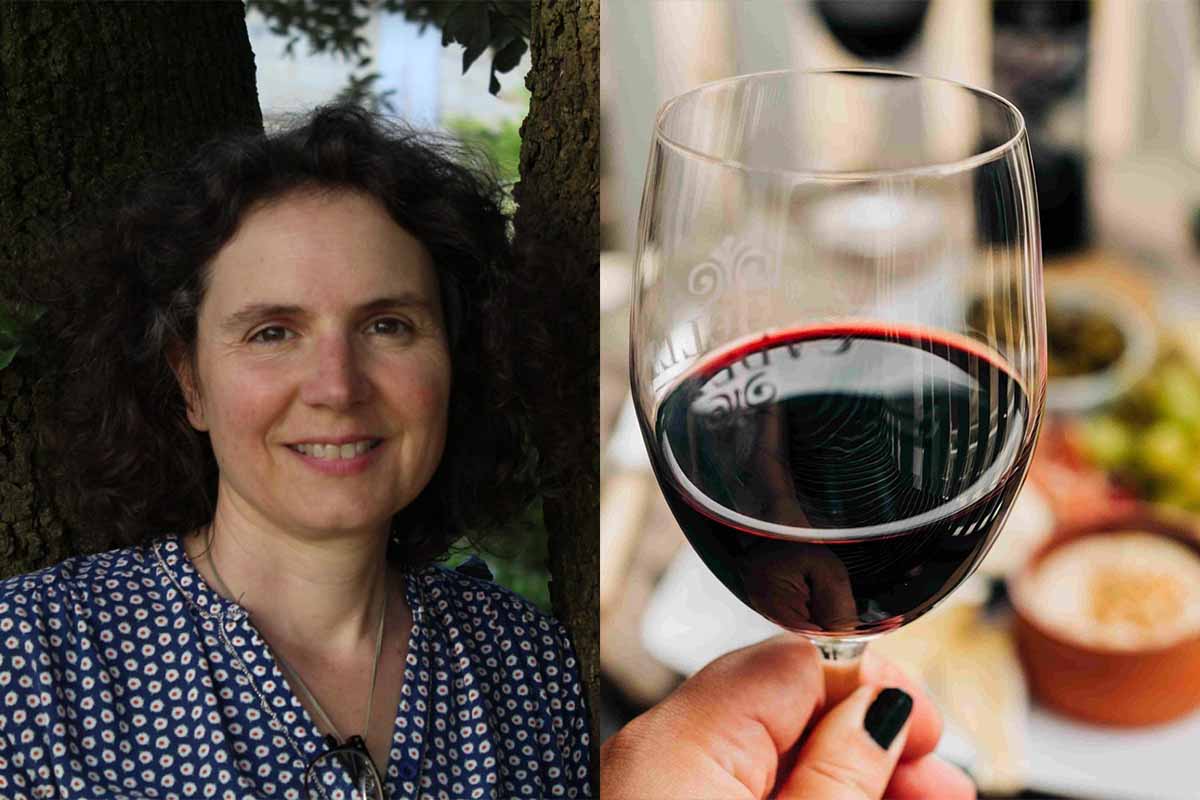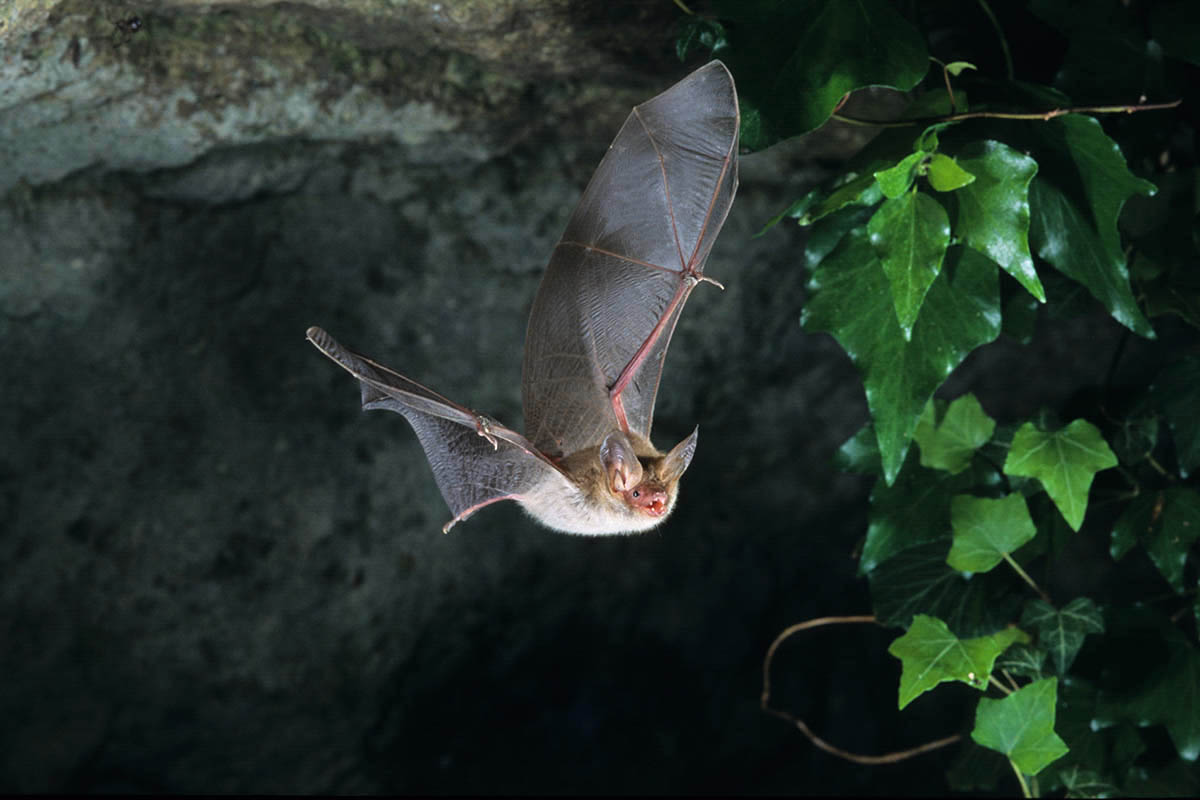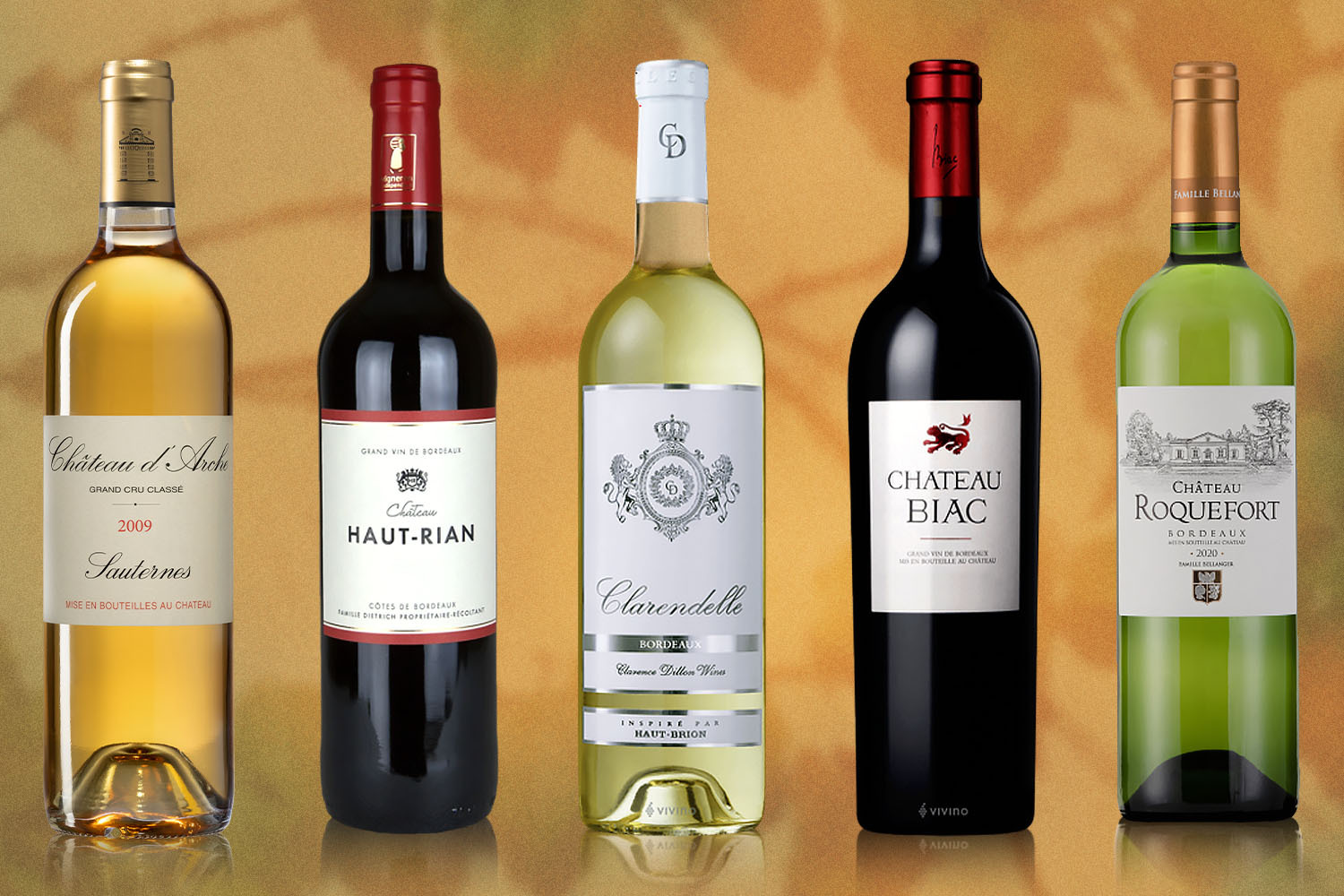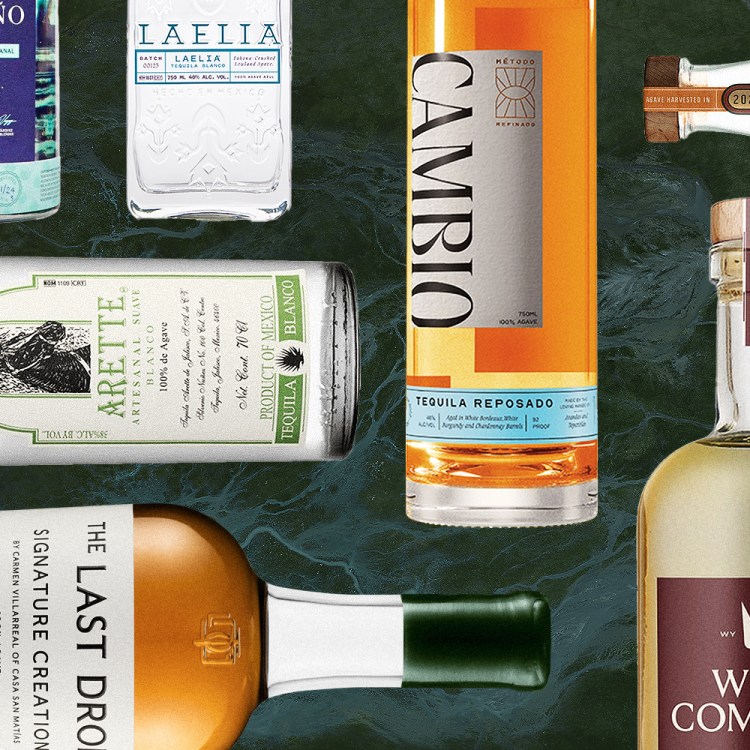Bordeaux has a centuries-old tradition of growing, harvesting and producing some of the best wine in the world. With 52 wine-making regions that make bottles from Pauillac, Margaux, Sauternes and beyond, the standard for wine is as high as the plateau of limestone on which St. Emilion was built.
With such a bounty of famed chateaux, a lineage of tradition may be at odds with newer environmental concerns and fluctuations. As a leader in the wine world, environmental factors are an ever-growing concern in Bordeaux and sustainability is at an all-time imperative. Local wine councils have realized that being reactive is no longer the smartest way to move forward. Organizations like the CIVB, or Conseil Interprofessionnel du Vin du Bordeaux, have formed with the sole purpose of introducing sustainable practices like agroforestry and new clones as ways to limit pesticide use. Although ambitious, the purpose of these groups is to engage with all Bordeaux vineyards to implement various forms of environmental certifications including organic, sustainable and biodynamic practices.

Lapelletrie’s Anne Biscaye is a 7th generation winemaker in St. Emilion with her own approach to biodiversity: Reintroducing bats to the winery.
Just as in St. Emillion’s plateau, large portions of Bordeaux are built on a thick layer of underground limestone. When excavated and turned into caves, what’s left is a naturally temperature-controlled underground cellar. These caves have been utilized for centuries to age premium vintages, but they just so happen to be a perfect habitat for bats.
Exactly how do are bats helping vineyards? “Eudemis are moths which destroy the grapes,” Biscaye says. “Bats are big insectivores and are particularly fond of Eudemis, which is good for us.” (A bat can eat up to 3000 insects a night, depending on their weight.)
Biscaye is a driving force behind the bat movement and actively looks for ways to minimize, if not eliminate, pesticides from winemaking. The use of pesticides is an ecosystem disruptor and has long-lasting and detrimental effects on soil health — they create a veritable waterfall of negative reactions ranging from lack of biodiversity to compromised cellular function and reduced reproduction. Long story short, if the soil isn’t healthy, the grapes aren’t healthy. With a lack of biodiversity, the correct balance of minerals in the soil can disrupt already unstable vineyards dealing with unseasonable heat or rain.
The most typical and smallest European bats helping vineyards are the Common Pipistrelle and the Kuhl’s Pipistrelle (about 7-9 species of bat are present at Chateau Lapelletrie). Both inhabit indoor underground spaces, but the Kuhl’s prefer to reside in stonewall cracks. Moths, like bats, are most active around dusk and the more moths the bats eat the less insecticides are needed. Encouraging bats to fly around the vineyard at dusk is thought to be one of the best ways to keep the moth population under control.
Introducing bats is easy. Getting them to stick around takes work. “We have always had bats in our vineyards, but we know that in order for them to come and eat in our vineyards, there has to be a wide variety of insects,” says Biscaye. “So we have to leave plenty of room for them. The presence of a wide variety of flora will help with this. The presence of trees and hedges around and in the vineyards will also help the bats to find their way.”
Biscaye and a few other vintners have taken steps to create bat-friendly environments including access to water, growing grass between vine rows and installing bat nesting boxes around their properties. And these extra steps aren’t limited to bats. In a perfect illustration of the benefits of a diverse ecosystem, these steps have led to more bees, birds and snakes.
“It is important to bring life back to the different layers in the plots. Since the ‘70s there has been no more grass and there are no more trees. This was the beginning of the imbalance,” Biscaye explains. “Biodynamic practices work well together because biodynamics is about balance. The benefits for us will be in the quality of the harvest with better resistance to climatic stress and a better expression of the terroir. Balance and elegance.”
Every Thursday, our resident experts see to it that you’re up to date on the latest from the world of drinks. Trend reports, bottle reviews, cocktail recipes and more. Sign up for THE SPILL now.
























